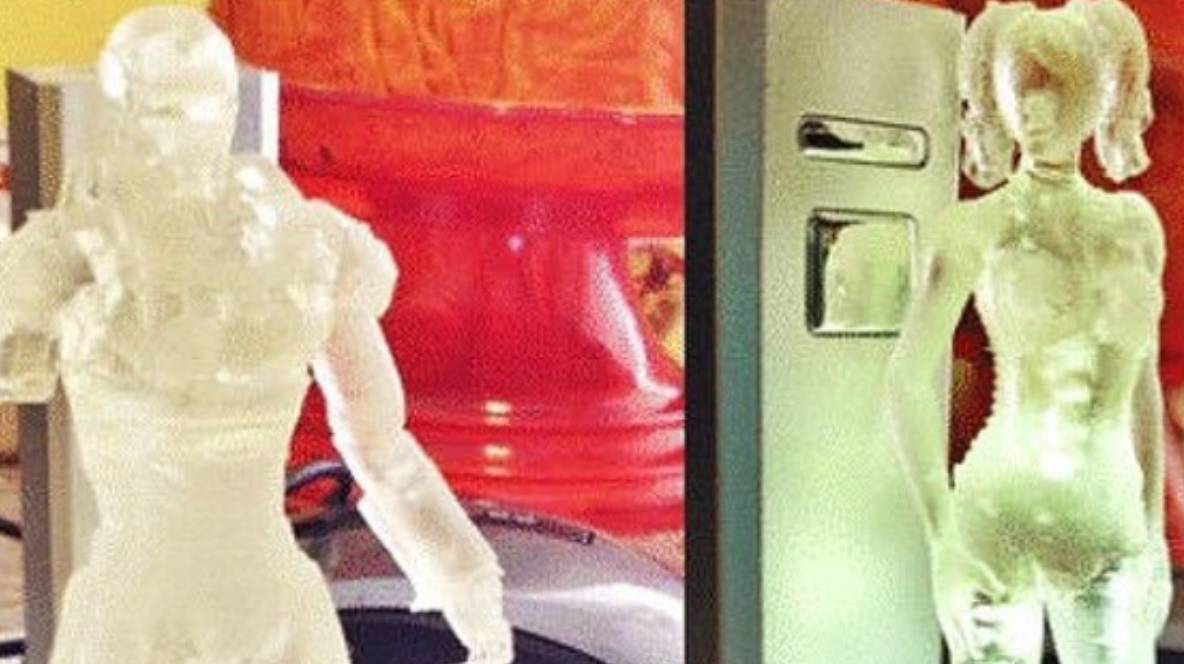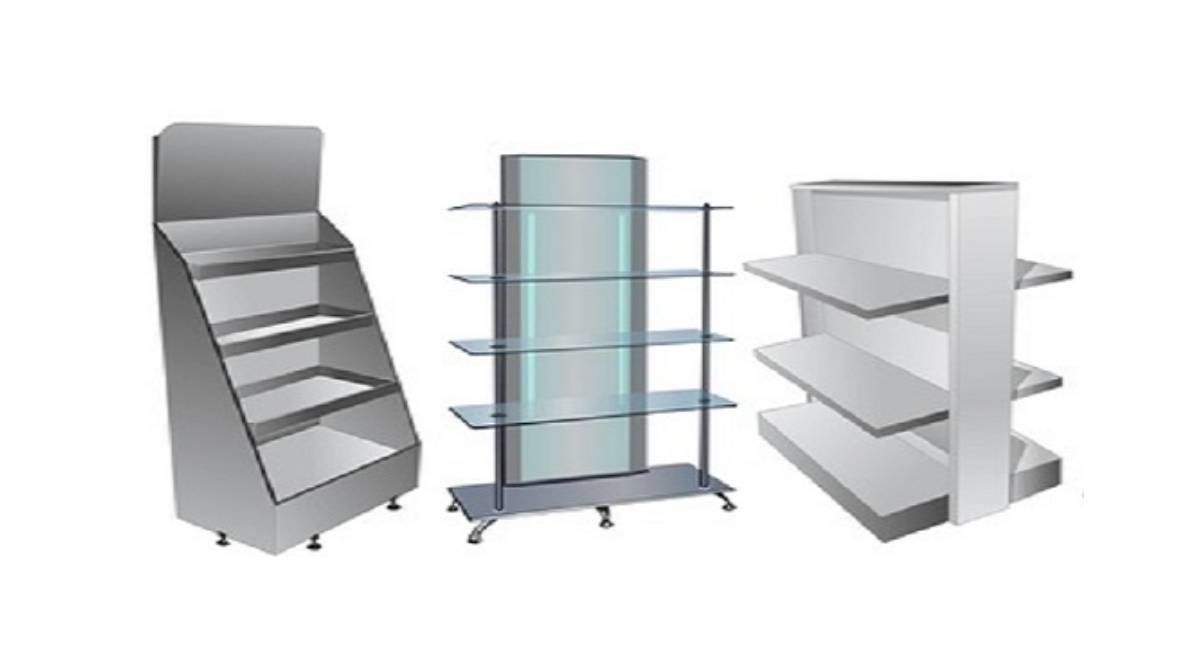Adhesive Failure: Understanding the Root Causes and Effective Solutions
In the world of DIY and repairs, adhesives are champions. They bond, mend, and hold our projects together. But sometimes, the bond breaks, leaving us frustrated and questioning our crafting prowess. Fear not, fellow fixer-uppers! Adhesive failure is a common foe, but with a little knowledge, you can easily conquer it. This blog delves into the secret world of adhesive failure, exploring the culprits behind a broken bond and the solutions to get your projects sticking strong. The Usual Suspects: Why Adhesives Fail Several factors can lead to a failed adhesive bond. Here are the most common offenders: Improper Surface Prep: Imagine trying to hug someone covered in mud. It wouldn't stick, right? The same goes for adhesives. Surfaces need to be clean, dry, and free of dirt, oil, or grease for optimal adhesion. Material Mismatch: Not all adhesives are created equal. Using the wrong adhesive for the job is a recipe for disaster. Ensure you choose an adhesive compatible with the materials you're bonding (think super glue for plastics, epoxy for metals). Environmental Extremes: Imagine leaving your favorite ice cream cone outside on a hot day. Meltdown! Similarly, extreme temperatures, humidity, or UV exposure can weaken or break an adhesive bond. Choose an adhesive formulated for the expected environmental conditions. Squeeze on the Cure: Following the manufacturer's instructions is crucial. Improper application, mixing ratios, or cure times can significantly impact the bond's strength. Stress and Strain: Adhesives have their limits. Overloading a joint with excessive weight, pressure, or movement can lead to failure. Consider the stress the bond will face and choose an adhesive with the appropriate strength and flexibility. Fixing the Fix: Solutions for Strong Bonds Now that you know the enemies, here's how to fight back: Clean is King: Before applying any adhesive, thoroughly clean and dry the surfaces with rubbing alcohol or the recommended cleaning agent. Read the Label: Don't underestimate the power of the manufacturer's instructions. They'll guide you on proper surface preparation, application techniques, and cure times for optimal results. Test and Try: Unsure about an adhesive or material combination? Always conduct a test on a scrap surface before committing to your entire project. Clamp Down: Clamping bonded pieces together during the curing process ensures good contact and a stronger bond. Consider Mechanical Fasteners: For high-stress applications, complement the adhesive with screws, rivets, or other fasteners for added security. By understanding the causes of adhesive failure and implementing these solutions, you can ensure your projects stay securely bonded for years to come.


